Dante is a witness, who sees and feels on behalf of the reader
Karl Ove Knausgaard, “At the Bottom of the Universe,” 152
Tag: Karl Ove Knausgård
-
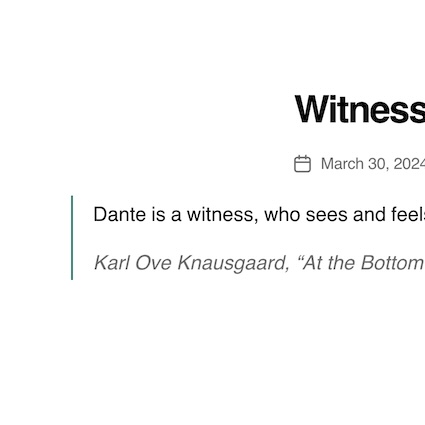
Witness
-

Schoenberg on Art
Arnold Schoenberg reportedly said:
If it is art it is not for all, and if it is for all it is not art.
This comment seems to call into question Karl Ove Knausgård’s link between challenging art and Protestantism, not because Schoenberg doesn’t agree that art is difficult but because Schoenberg clearly didn’t link art to Protestantism. Whether Schoenberg’s description of music, Calvino’s of literature, or Knausgård’s of photography, the idea that art is restricted to the enlightened few, the properly educated, the cultured, those with the luxury of time and money to appreciate it, explains why I don’t consider myself an artist.
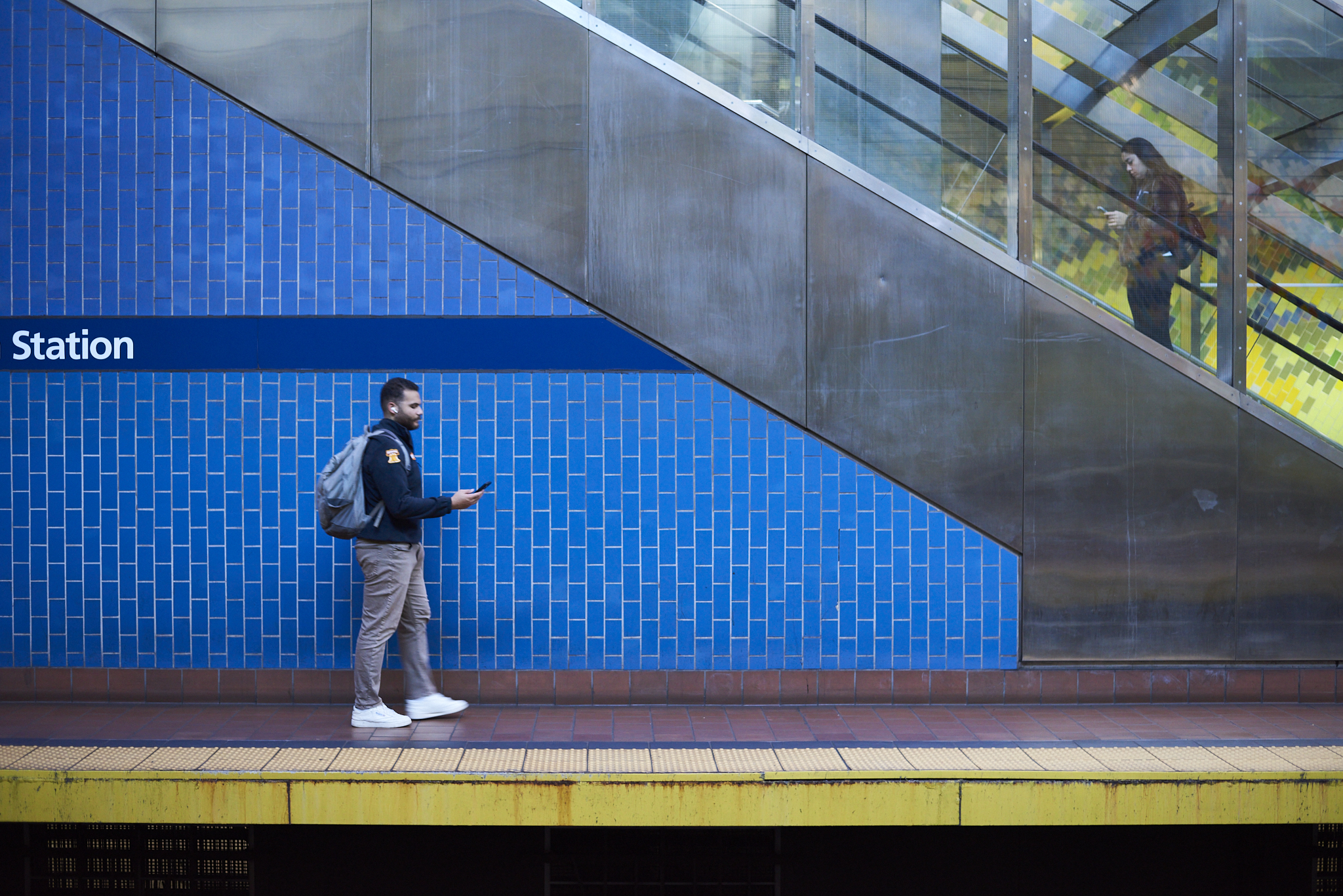
Urban #231013.6. I create meaningless things, sometimes those are photographs, sometimes magazines, sometimes books. I create things I want to see in the world. Those things might be sufficiently layered to invite different interpretation, or not. It doesn’t matter. If nobody likes them. That’s ok. If everybody likes them. That’s ok too. It’s not like I’m trying to make art.
-
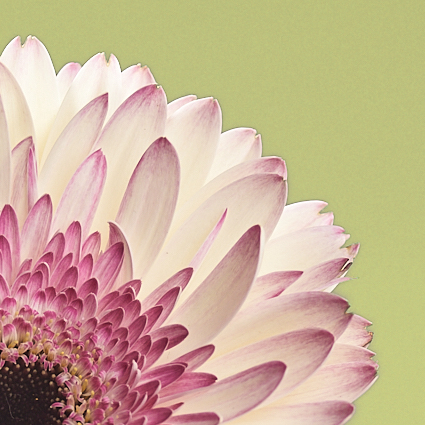
A Meaningless Photo
Karl Ove Knausgård is suspicious of photographs, or any art really, that he likes for primarily aesthetic reasons. A profound Protestantism, he thinks, rejects anything that comes too easily, that doesn’t require effort and work. He worries that he must contemplate a photograph in order to discern its meaning and therefore its significance. Only such photographs that demand such reflection and analysis can be art. This assumption, whether explicitly linked to Protestantism or not, seems common amongst both photographers and people who talk about photography (and also seems to justify, at least in part, the ubiquitous “artist’s statement”). To be art, a photograph must contain but conceal some aspect of the photographer’s identity or philosophy. Often, photographs are mechanisms of self realization and self expression. They must have a real intention.
Today, amongst real photographers and connoisseurs of photography, few compliments are more damning than “beautiful.” Art, it seems, is not beautiful or even pretty, but is meaningful and revelatory. Art demands that we acquire the knowledge to appreciate it as art. Pretty pictures are dismissed as “calendar” or “hotel” art.
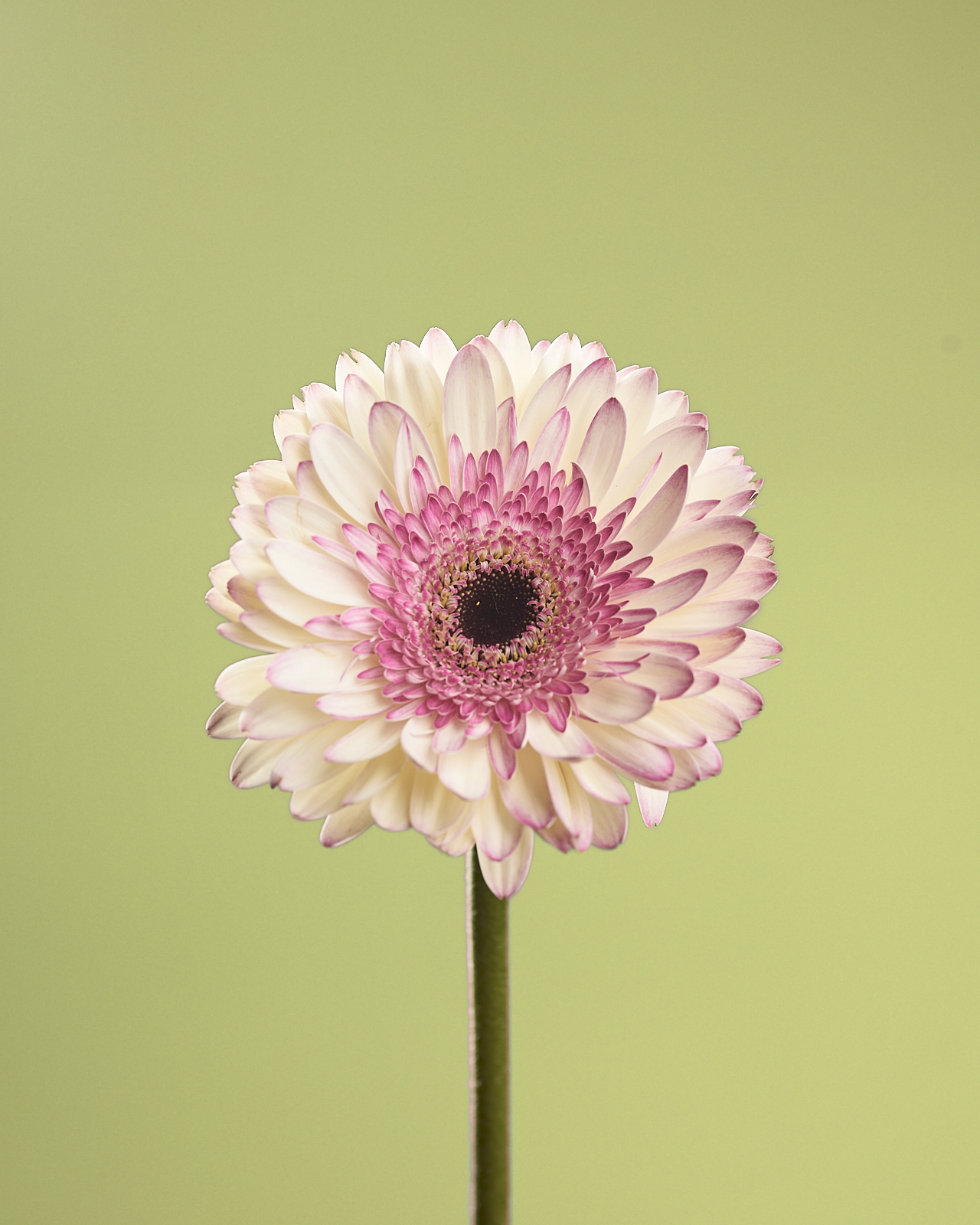
#220220.2: Study of Flowers 12 I find such an approach limiting and elitist. I am perfectly happy for some creative expression (art?) to have layers of meaning that the sufficiently prepared viewer can disentangle and appreciate. But I am unwilling to imply that only such creative expressions are art. Insofar as I care about other people seeing my work, I would rather thousands of hotel guests looked at one of my photographs as they walked through a lobby than a handful of visitors pondered one while they stood in a gallery. This photograph has no deeper meaning. It is merely a photograph of a flower that somebody found visually pleasing enough to hang in an office. That’s good enough for me.
-
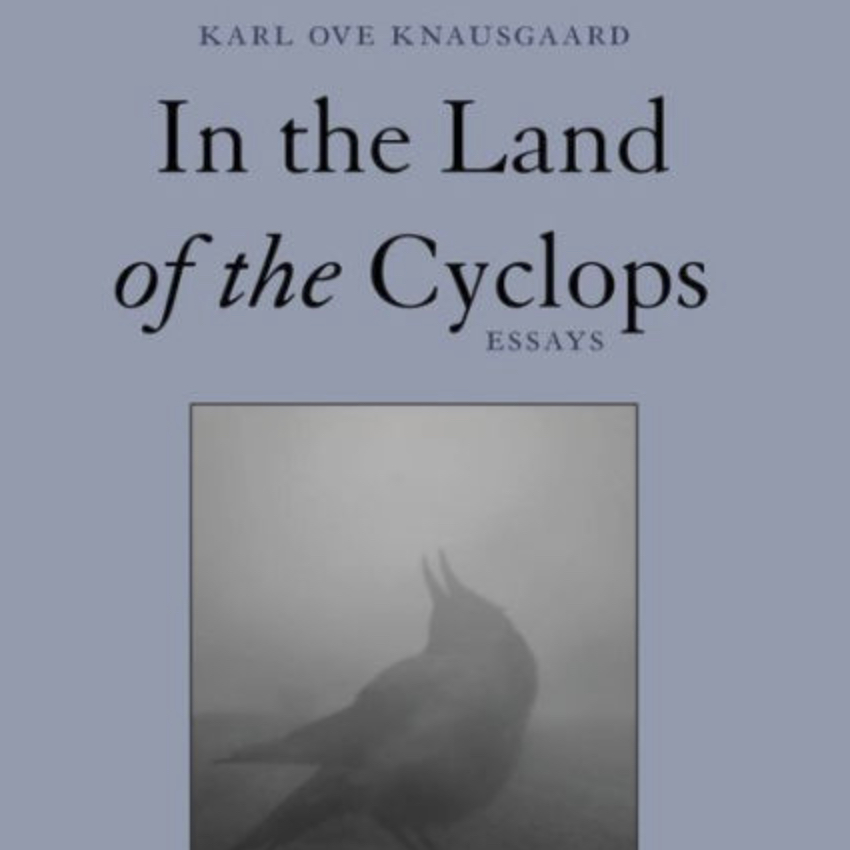
Protestantism and Art
Whenever I see a new picture I immediately seem to like and find aesthetically pleasing, I am suspicious. This cannot possibly be good, I think to myself. This cannot possibly be art. It feels like the spontaneous pleasure, the immediate sense of aesthetic satisfaction I derive in such instances is too easy and too shallow to be called a true artistic experience. …
Karl Ove Knausgård, “Inexhaustible Precision,” 40–41.
This take on art is clearly Protestant, since a genuinely Protestant person such as myself, for whom Protestantism is part of the marrow, can appreciate only what has come of hard work, only this has value, and holds nothing but disdain for what is given or easily taken, which is associated with sloth, idleness, indolence. -
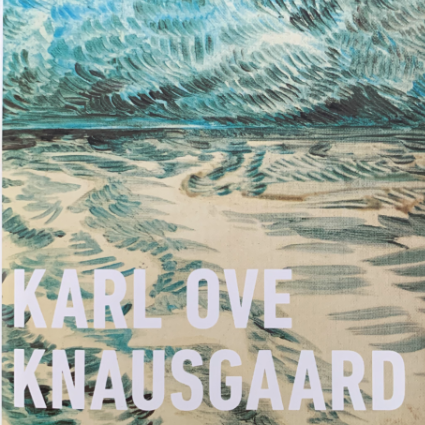
Reading is Tactile
Knausgaard’s collection of essays is a joy to read. While the essays in Autumn are all quite good, the real pleasure comes from the physicality of the book. The coarse texture to the dusk jacket.
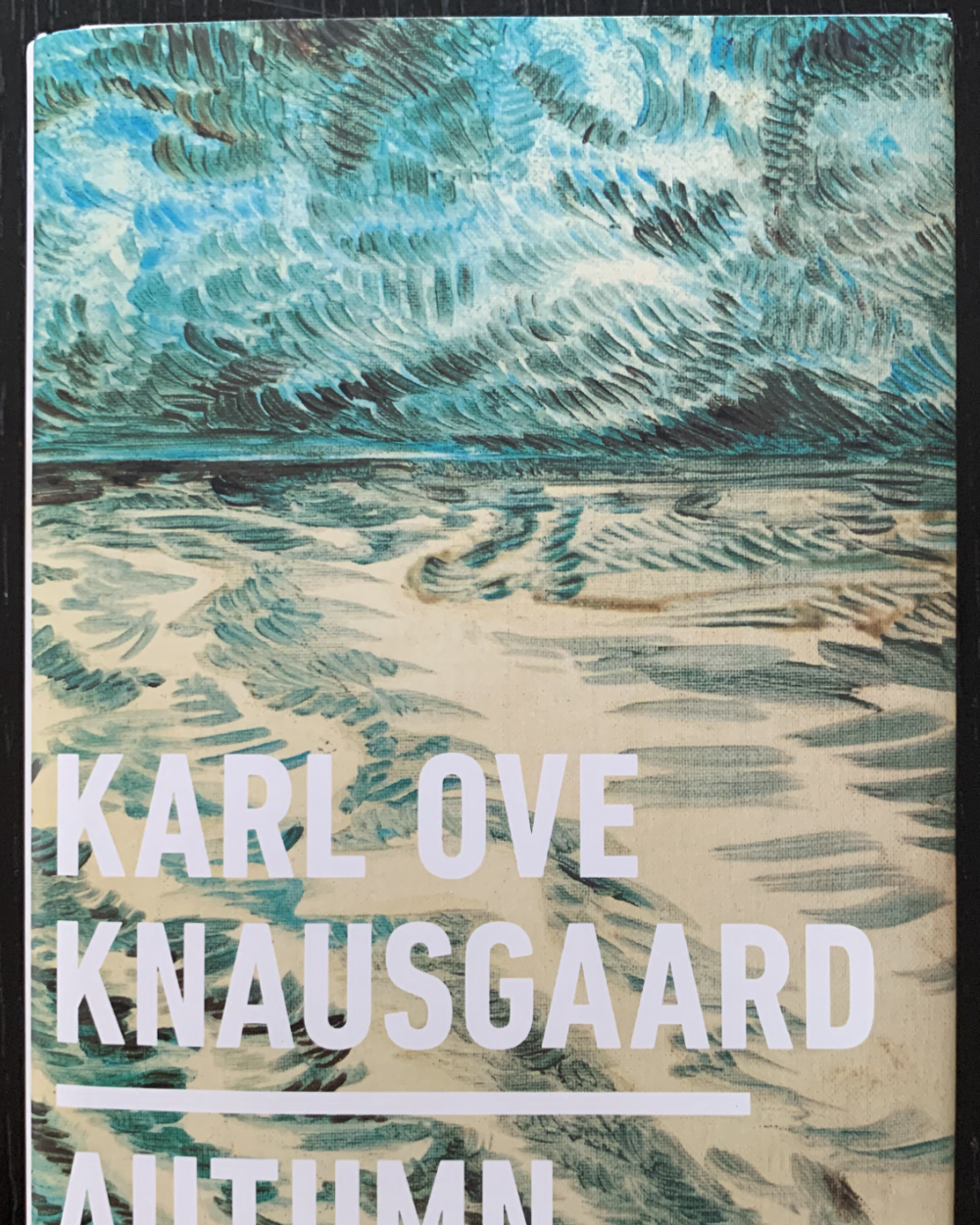
Knausgaard’s book is a pleasure to hold and therefore to read. The pages are a smooth, heavy paper that has a sensuous feel. The illustrations and the printed words look better on this paper, in part because the pages are pleasure to hold and to turn.
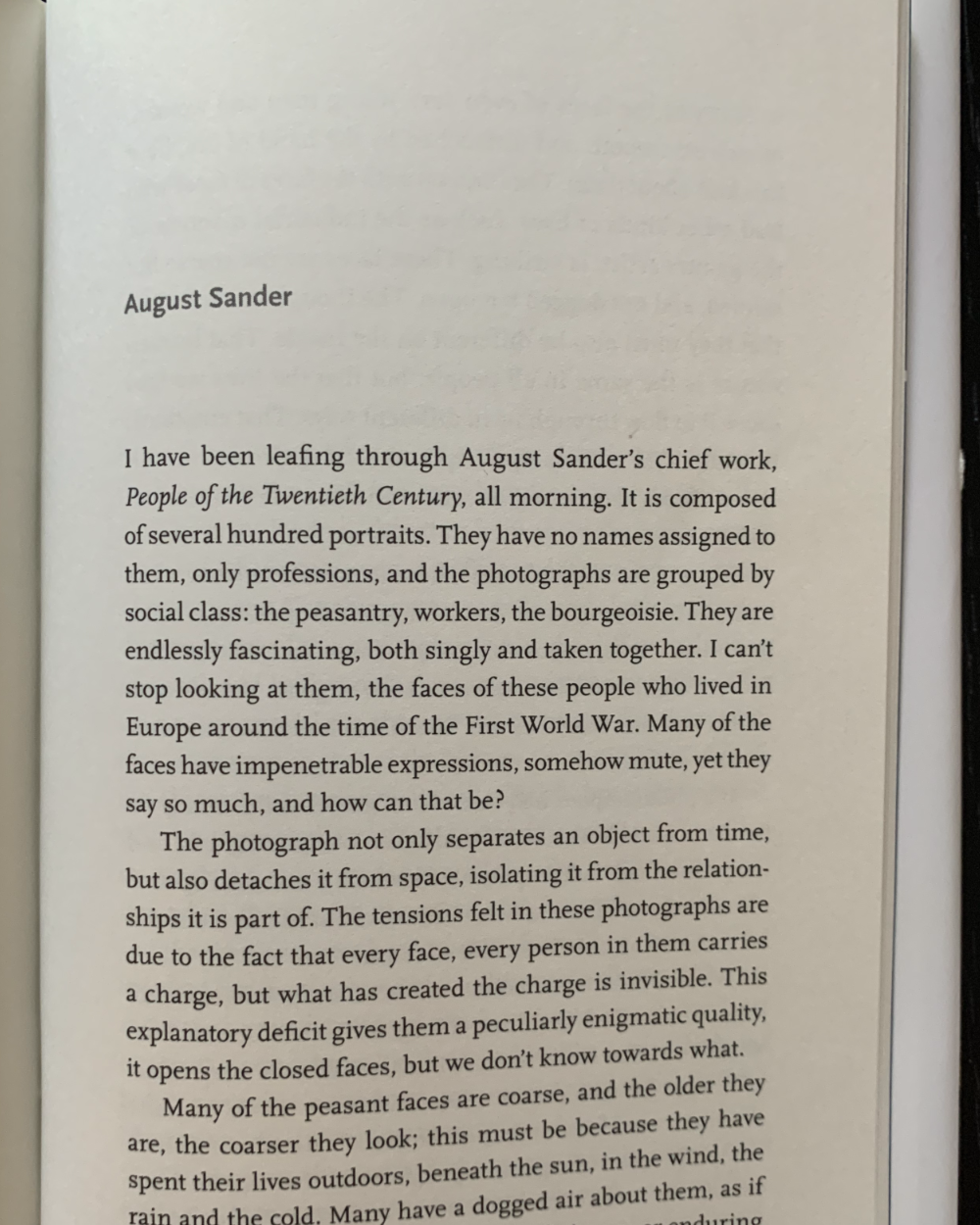
Knausgaard on Sander. Knausgaard has a smart essay on August Sander that hints at the value of printing your work in book form, and the challenge and allure of photography. About Sander’s work, he says (in part):
… They have no names assigned to them, only professions, and the photographs are grouped by social class: the peasantry, workers, the bourgeoisie. They are endlessly fascinating, both singly and taken together. I can’t stop looking at them, the faces of these people who lived in Europe around the time of the First World War. Many of the faces have impenetrable expressions, somehow mute, and yet they say so much, and how can that be?
The photograph not only separates an object from time, but also detaches it from space, isolating it from the relationships it is part of. The tensions felt in these photographs are due to the fact that every face, every person in them carries a charge, but what has created the charge is invisible. This explanatory deficit gives them a peculiarly enigmatic quality, it opens the closed faces, but we don’t know towards what.
These essays, like Sander’s photographs, are endlessly fascinating singly and taken together. They offer a tactile experience that enriches the reading. Their sequence in the book reflect an intentionality and invites us to think about how that order reveals something more than the individual essays can. They encourage us to move slowly through them, perhaps leafing back now and then to make connections to resolve or identify tensions between them.
Similarly, I think, physical photographs encourage us to slow down, to pause, to lay them out next to each other and compare them. If they are printed in a book, the arrangement and grouping tell us more than the individual photographs could. In either case, individual prints or sequences in books, there is a sensual pleasure in holding a photograph that has been printed on good paper.